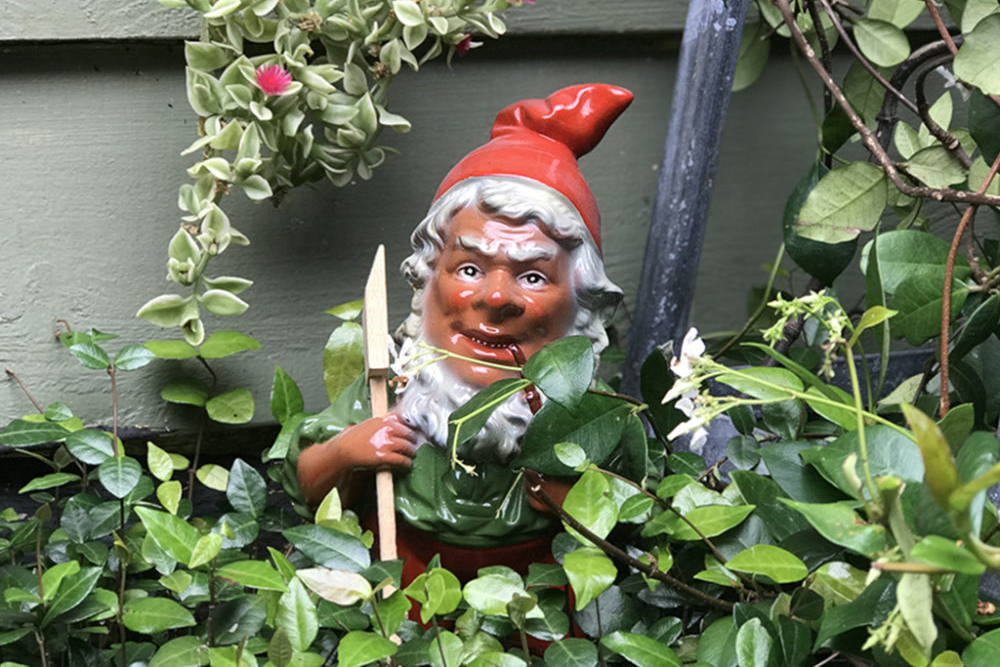
A History of the Garden Gnome
May 3, 2018
 Small gnome statues began appearing in Europe in the early 1600’s as a sign of good luck. The garden or lawn gnomes as we know them today, appeared in Germany in the mid to late 1800’s and were always made of clay. Gnomes first appeared in the gardens of England in the 1840’s and from there their popularity began to take off. The mythical gnomes were thought to live underground as their name derives from a Latin word for earth dweller. They were popular in German fairy tales and were often described as old men who guarded treasure.
Small gnome statues began appearing in Europe in the early 1600’s as a sign of good luck. The garden or lawn gnomes as we know them today, appeared in Germany in the mid to late 1800’s and were always made of clay. Gnomes first appeared in the gardens of England in the 1840’s and from there their popularity began to take off. The mythical gnomes were thought to live underground as their name derives from a Latin word for earth dweller. They were popular in German fairy tales and were often described as old men who guarded treasure.
The first garden gnomes that were mass-produced also came from Germany in the 1870’s. The two biggest names in gnome manufacturing were Philipp Griebel and August Heissner. With Heissner becoming known around the world for his beautifully made gnomes. Unfortunately, the world wars wiped out most garden gnome production in Germany, making antique German gnomes extremely rare today.
In the 1980’s companies in the Czech Republic and Poland started making gnomes and flooded the market with cheaper imitations of the German products. Today, most gnomes are made in either Poland or China. The American company, Kimmel Gnomes, is one of the last manufacturers of clay and resin gnomes that are finished by hand and not mass-produced. These come in a variety of sizes, poses and colors.
There are 25 million garden gnomes in Germany today. Originally, gnomes were thought to provide protection, especially of buried treasure and minerals in the ground. They are still used today to watch over crops and livestock, often tucked into the corners of a barn or hidden in the garden.


Italian Gnome Garden Statue circa 1930

Four Vintage Valmarana Garden Statues
The garden gnomes photographed above are available for purchase at Authentic Provence.
